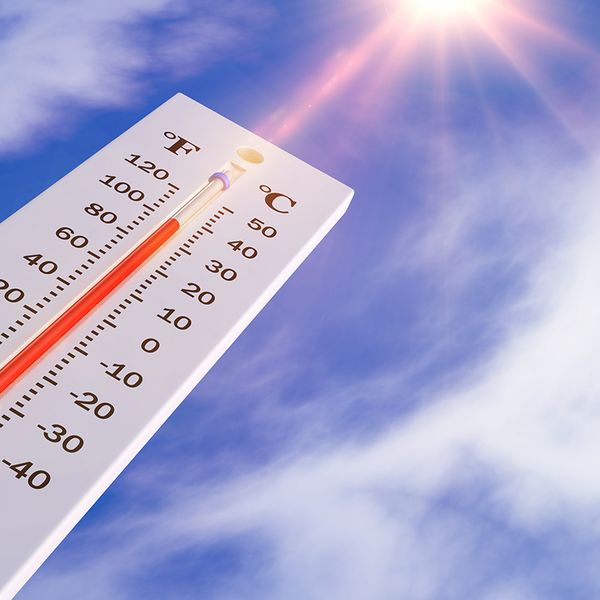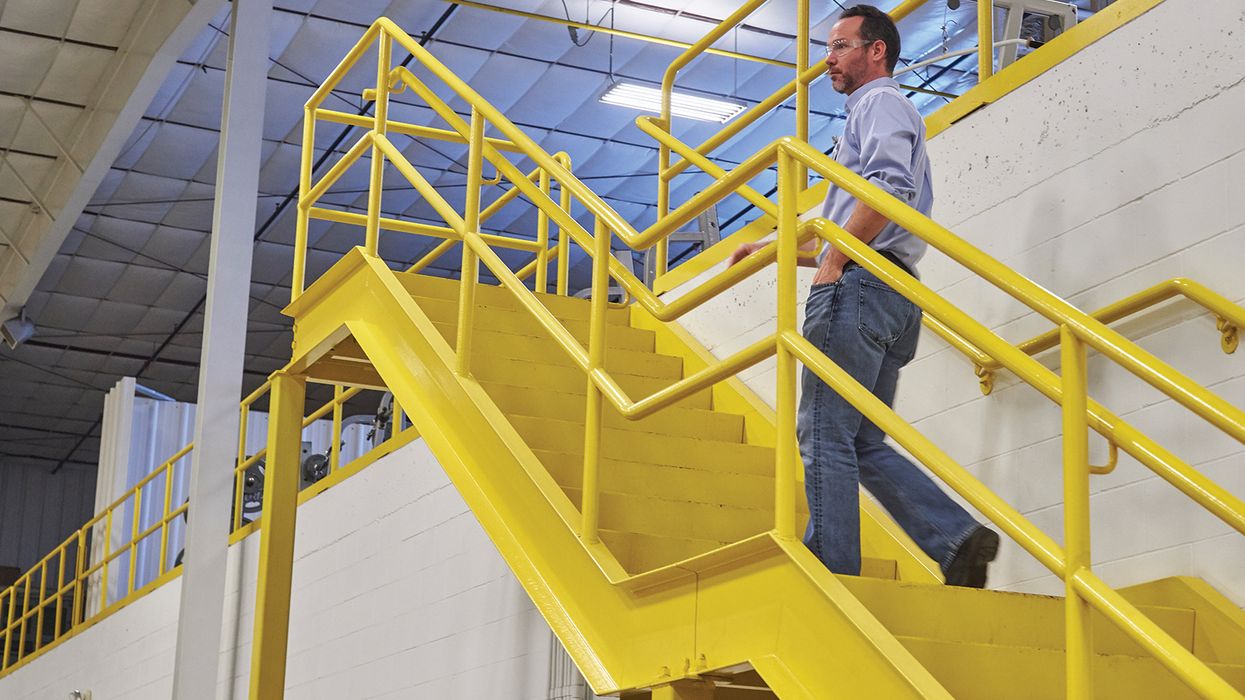Don’t sweat it: Give employees tips for staying cool
Emergency room visits for heat-related illness increased significantly across the United States last year, the Centers for Disease Control and Prevention (CDC) reports. And when employees labor in the heat, there is a greater risk of such an emergency disrupting the workday.
That’s why, as the hottest time of the year approaches, it’s smart to remind employees of ways to stay cool at work and home.
The CDC promotes a proactive approach, stressing these actions that can be taken to prevent heat-related illness:
- Stay cool
- Stay hydrated
- Know the symptoms of heat illness
Staying cool and hydrated
Employees should be reminded to take these steps on hot days:
- Drink water before, during, and after physical activity.
- Wear loose, lightweight, light-colored clothing.
- Schedule outdoor activities carefully, preferably before noon or in the evening.
- Pace yourself, taking frequent breaks when exercising or working outdoors.
- Seek the shade. Stay indoors or in air-conditioned locations as much as possible.
- Take cool showers or baths.
- Check with your doctor to see if your medications impact the way your body responds to the heat.
- Monitor the local news for weather and safety updates.
This information can be provided in an intranet article, email, or employee newsletter article. Posters can also offer tips for staying cool on hot days.
Illness awareness
Workers should be aware that exposure to high temperatures can result in:
- Heat rash — Skin irritation caused by excessive sweating.
- Heat cramps — Painful muscle spasms that develop when you lose a great deal of fluids, salts, and other substances through sweating.
- Heat exhaustion — The body’s response to an excessive loss of water and salt, signaled by heavy sweating, headache, nausea, and rapid pulse.
- Heat stroke — A life-threatening condition that occurs when the body can no longer control its temperature, affecting the brain and other organs. Signs include hot, dry skin or excessive sweating, confusion, seizures, loss of consciousness, and an extremely high body temperature.
New tools from the CDC
To raise awareness of when and where the risk is greatest for heat-related illness, the CDC has released two tools:
The HeatRisk Forecast Tool offers a seven-day heat forecast that indicates when temperatures may reach dangerous levels. The tool was created by the CDC and National Oceanic and Atmospheric Administration (NOAA) and uses a five-level scale to show the heat level risk in a specific area.
The HeatRisk Dashboard allows individuals to pull in data from the HeatRisk Forecast Tool based on their zip code. The mobile-friendly interface shows the level of risk and information about protective actions to take. Air quality information is also provided, as higher temperatures can make air quality worse.
Key to remember: As we enter the hottest months of the year, employees should be reminded of steps that can be taken to prevent heat-related illness at work and at home.































































